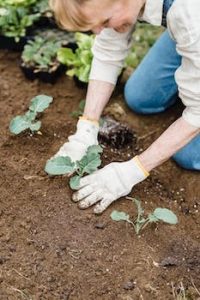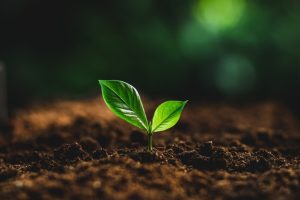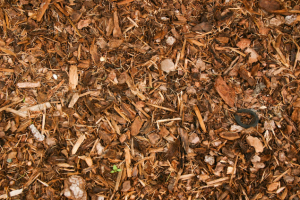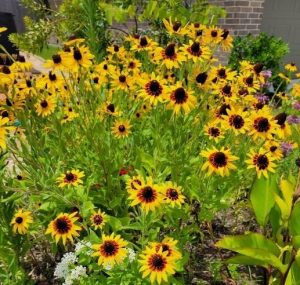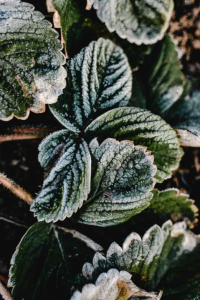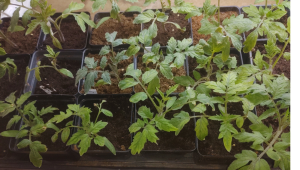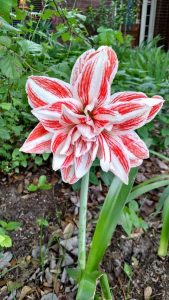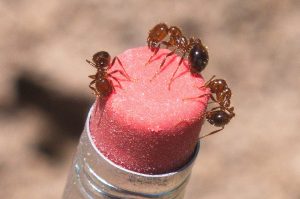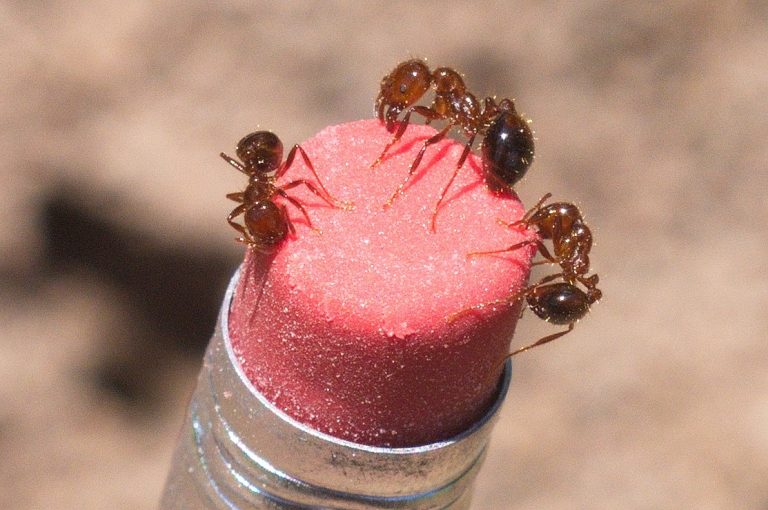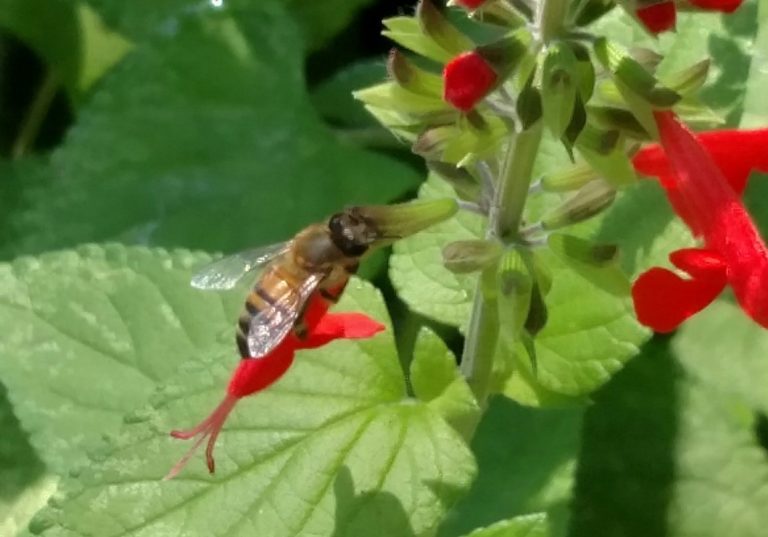As water becomes a more precious and expensive natural resource, experts are looking at ways to conserve and extend its usefulness. This is especially true for lawns, which guzzle large amounts of drinking water, especially during long, hot summers.
There is a way, though, to turn the lawn into a gigantic water harvesting device that will help save money, conserve water, and provide healthier and more disease- and insect-resistant turf.
In studies conducted by Texas A&M, Michigan State University, and others, adding organic material to your lawn can greatly increase the soil’s water holding capacity. And, although rainwater harvesting has been around for millennia, the concept of the soil becoming a rainwater reservoir is relatively new.
Water holding capacity of organic matter
Soil scientists note that every 1 percent of organic matter added to soil increases its water holding capacity to about 1.5 quarts of water per cubic foot. Two percent organic matter can hold up to three quarts per cubic foot
Some simple math
Look at a 4,000 square-foot lawn, and take a cross-section of it, a foot deep. Those 4,000 square feet suddenly become 4,000 cubic feet of soil. One percent organic matter added to the soil can increase the soil’s water-holding capacity to 1.5 quarts per cubic foot. A simple calculation shows that the 4,000 square-foot-lawn (also 4,000 cubic feet), can hold 6,000 quarts. That comes to 1,500 gallons of water.
Take that same 4,000 square-foot lawn, but instead of adding one percent organic matter, add two percent. The soil’s water holding capacity becomes 3 quarts per cubic foot, or 12,000 quarts. That many quarts equal 3,000 gallons of water, held in the soil – a significant amount.
Logically, one would think that if two percent can save so much water, four percent or five percent would do even better. And it would! However, because of the climate in southeast Texas, organic material decomposes relatively quickly. Getting and maintaining more than two percent into any given soil is very difficult here. But the twice-a-year application of organic material to the lawn should be sufficient to maintain a two percent level.
Irrigation and rainwater
Good soil with an abundance of organic matter absorbs water. Just an inch or so of rain on 4,000 square feet will create almost 3,000 gallons of water. That much water stored in the soil can eliminate a week of watering and save homeowners a bundle.
When an irrigation system waters the lawn, excess water is absorbed by the organic matter.
Where to get organic matter
Organic material exists everywhere. Home composting bins are excellent sources. Instead of bagging grass clippings, a mulching mower drops cut grass blades back onto the soil. Grass clippings are full of nutrients and organic matter.
Organic compost works wonders on soil, helping to fluff it up so roots can go deeper, inoculating the soil with beneficial organisms, and adding to the soil nutrients.
Spreading compost over the lawn about 1/3 to ½ inch deep twice a year (once in mid-October and once in mid-April) will also add organic material to the soil.
Organic material also improves the population of beneficial insects and microbes in the soil. It also strengthens grass roots by allowing them to grow deeper and keeps the soil at a more even temperature. You can also buy compost from big box stores, nurseries, or a compost manufacturer.





